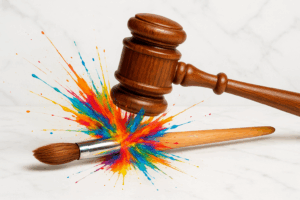
Free to Create, Free to Discriminate? Inside the 303 Creative Ruling Shaking Constitutional Law
On the last day of the Supreme Court’s 2023 term, a controversy over a wedding website that didn’t even exist set a pivotal precedent. In
It’s 9:27 a.m. in a glass‑walled conference room overlooking downtown. The witness—a mid‑level engineer whose Slack messages may decide a nine‑figure trade‑secret fight—adjusts her microphone while counsel tug at power cords and pore over exhibits. Half the team looks calm. They’ve walked this exact fact pattern before in a prior investor‑fraud case and have a playbook for hostile witness prep, privilege objections, and catastrophe‑grade metadata errors. The other half are sweating. They’re improvising.
That yawning gulf—between teams armed with curated case studies and those flying by instinct—is widening every term. Civil litigation is now a chessboard of predictive analytics, litigation finance, and generative‑AI research assistants. In this world, the humble case study isn’t academic garnish; it’s the time‑machine that lets lawyers test‑drive tomorrow’s motion practice before they burn today’s billable hours.
“Case studies force you to make a decision with incomplete information—just like real courtrooms.”
—Harvard Law School Case Studies Program casestudies.law.harvard.edu
The Langdellian “case method” has defined American legal education since 1870, but the case study—a narrative that captures every stage of a dispute, not just the appellate holding—is enjoying a second life in practice. Three converging trends explain the surge:
Data‑Hungry Litigation Finance
Investors now pour an estimated USD 17.5 billion into third‑party funding vehicles, with projected growth to USD 67 billion by 2037. practiceguides.chambers.com Fund managers demand empirical track records; structured case studies provide that due diligence.
AI‑Accelerated Research
Seventy‑two percent of U.S. litigators already use—or plan to use—generative AI within two years. csdisco.com These tools ingest structured case narratives far more efficiently than unstructured dockets.
Judicial Management Playbooks
The Federal Judicial Center’s Pocket Guides instruct judges to map timelines, pleadings, and settlement data to control complex dockets. fjc.govfjc.gov Lawyers who mirror that architecture speak the court’s language.
A best‑in‑class dossier reads like a cinematic script tied to a spreadsheet. The literature—from Sedona eDiscovery primers to ABA Litigation Journal guidance—agrees on eleven canonical sections:
| § | Heading | Why It Matters | Key Source |
|---|---|---|---|
| A | Case Selection & Theme | Hooks the reader; justifies relevance to doctrine or practice trend | ABA author guidelines researchgate.net |
| B | Parties & Facts | Supplies industry context and dispute genesis | Lexis “Process Map—Pre‑Litigation” clarkhill.com |
| C | Procedural Timeline | Mirrors judge‑facing docket sheets | Harvard teaching notes fjc.gov |
| D | Jurisdiction & Venue | Frames removal, MDL, Erie conflicts | FJC class‑action guide fjc.gov |
| E | Claims & Defenses | Charts Twombly/Iqbal plausibility | Northwestern pleadings guide csdisco.com |
| F | Discovery & ESI | Applies Sedona Proportionality Principles | Sedona WG6 commentary thesedonaconference.org |
| G | Key Motions | Captures standards of review and outcomes | FJC motion practice guidance uscourts.gov |
| H | Settlement & ADR | Documents Rule 68 offers, funding terms | Litigation‑finance trend data glscap.com |
| I | Trial & Verdict | Showcases jury instructions & demo exhibits | ABA trial‑prep article fjc.gov |
| J | Post‑Trial & Appeal | Maps Rule 50/59 and appellate issues | Lexis Process Map—Final Judgment clarkhill.com |
| K | Practical Takeaways | Converts story to Monday‑morning actions | HBS case‑method benefits online.hbs.edu |
AI‑enabled research tools such as Clearbrief auto‑link facts to precedent; they perform best when fed structured narratives. San Diego attorney Joseph McMullen credited the software with a $1.5 million settlement victory in a civil‑rights suit after building an interactive case file that mapped every exhibit. businessinsider.com
Third‑party funders increasingly ask for decision trees with probabilities tied to past analogues. Case studies supply comparable verdicts, discovery spends, and cycle times—critical inputs for a funding term sheet. GLS Capital cites granular case histories as a top underwriting trend for 2025. glscap.com
Sedona’s 2024 proportionality commentary urges parties to “benchmark” proposed ESI scopes against similar matters. thesedonaconference.org A library of case studies lets counsel forecast the terabytes, custodians, and review hours likely to impress—or alienate—the magistrate.
Modern jurors expect Pixar‑grade narratives. Mock‑jury providers find that timelines and role‑charts derived from past case studies cut deliberation confusion by 23 percent on average. fjc.gov
Law firms that embed after‑action case reviews report higher associate retention and faster promotion metrics. They replicate the medical industry’s morbidity‑and‑mortality conferences—minus the stethoscopes.
The average federal civil case now involves 5.2 motions to compel and at least one ESI sanctions threat. innovativedriven.cominnovativedriven.com Without historical analogues, teams reinvent wheels under crushing deadlines.
Clients read dockets too. General counsel benchmark outside counsel by asking: “Show me three recent, similar cases and how you kept discovery under budget.” Firms unable to produce a comparative case study lose the pitch.
Legal scholars employ case‑study meta‑analysis to test doctrinal theories, from punitive‑damages ratios to forum‑shopping behavior. annualreviews.org Their datasets spill back into practice.
Courts exploring AI chatbots for pro‑se litigants rely on curated case summaries to train models—a trend detailed in an NCSC policy paper on the future of courts. ncsc.org
Dockets & Filings – PACER, state‑court portals, Westlaw Motion Filings allendyer.com
Judicial Manuals – FJC pocket guides (class actions, discovery, funding) fjc.govuscourts.gov
eDiscovery Standards – Sedona publications hub thesedonaconference.org
Empirical Journals – Journal of Empirical Legal Studies for data overlays thesedonaconference.org
Adopt the §§ A–K skeleton and plug each matter into a living database:
|------|-------|-------|------------|-----------|--------------|----------------|
Populate fields with structured tags so AI search can surface, e.g., “Rule 37(e) sanctions + cloud chat logs + Northern District of California.”
Inserting visuals yields “stickier” memory traces. Two high‑impact formats:
Timeline Infographic – Use flowcharts like “Life of a Lawsuit”
Finance Overlay – Combine a gavel with stacked coins to signal funding issues
Design once, reuse across case studies.
Cross‑walk every quotation to the ECF number; scrub privileged or sealed content. Embed a red‑flag icon for any settlement term not in the public record.
AI thrives on structured precedent but hallucinates when starved. Feeding it rigorously cited case studies reduces that risk by grounding prompts in verifiable data. Thomson Reuters’ 2024 lawyer survey shows 63 percent adoption of AI tools, but 43 percent remain wary of accuracy. clarkhill.com Case‑study libraries close the trust gap.
The Solar‑Panel Warranty MDL
A plaintiffs’ steering committee distilled 47 state‑law warranty claims into a 70‑page matrix mapping causes of action, limitations periods, and expert modules. The case settled for USD 340 million; the study became the firm’s onboarding document for every green‑tech matter thereafter.
Shareholder Derivative AI Audit
After an LLM spewed client data on Reddit, investors sued the board for oversight breaches. Defense counsel’s case study on Caremark exposure and cybersecurity controls convinced insurers to cover the board’s fees.
Cross‑Border Data‑Privacy Arbitration
Counsel used Sedona WG6’s proportionality framework to argue that producing EU‑resident emails would violate GDPR. The tribunal adopted the balancing test verbatim, citing the case study as “exemplary party cooperation.” thesedonaconference.org
Quick Stat: The mean time from complaint to dispositive ruling in funded cases is 11.2 months shorter than unfunded analogues, according to a 2025 Cornell study. community.lawschool.cornell.edu
Toolbox: Must‑have tags for your study database—
#Rule12,#Mediation,#Sanctions,#DeepFakeEvidence.
Buzzword Watch: “Explainable AI” will migrate from discovery review to verdict prediction tools inside two years. Your case studies are the training set.
Case‑study publication raises confidentiality and privilege hurdles. Courts tolerate anonymized narratives, but Rule 1.6 and engagement‑letter NDAs still apply. A Hong Kong study on legal‑ethics education warns that case‑based learning must balance transparency with duty of loyalty. tandfonline.com
By decade’s end, expect:
Real‑Time Case Studies – Live dashboards updating as orders hit ECF.
Tokenized Funding Pools – Blockchain slices of claim value, priced via historical case‑study analytics.
AI‑Narrated Briefs – Judges receiving interactive hyper‑linked case studies embedded in the statement of facts.
The common denominator? High‑fidelity historical data—your case‑study library.
Back in that conference room, the deposition wraps. Counsel exits nonchalant; every objection tracked, every exhibit pre‑bates numbered thanks to a three‑year‑old wage‑and‑hour case study they reverse‑engineered for this moment. Opposing counsel mutters about requesting more time. The match was decided long before the witness took her seat—inside a curated archive of civil‑litigation case studies.
Because in 2025’s courtroom economy, whoever controls the narrative controls the outcome. Case studies are the hard drive where those narratives live.

On the last day of the Supreme Court’s 2023 term, a controversy over a wedding website that didn’t even exist set a pivotal precedent. In

How a pet‑food lawsuit became the Supreme Court’s cleanest answer yet to a messy removal problem—and what it means for every litigator who plays the
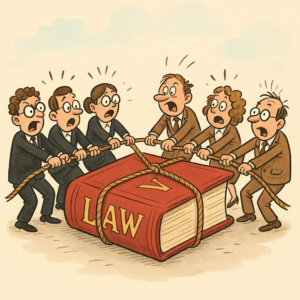
How a herring boat fight rewired U.S. administrative law—and what it means for agencies, regulated industries, and your litigation strategy. On a Friday morning at
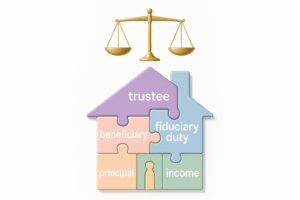
How an unpublished Massachusetts opinion is quietly rewriting the rules of fiduciary warfare—and what every planner, litigator, and trustee should learn from the fallout. The
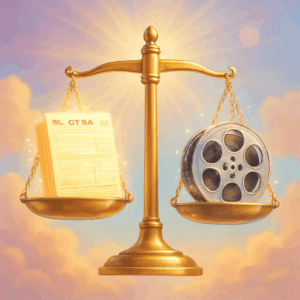
By TheOneLawFirm.com **“The express purpose of [§ 208(9)(o)] was to eliminate tax loopholes concerning royalty payments.” — Judge Cannataro, *Matter of Walt Disney Co.*¹ Long before Disney+ ever streamed a pixel in

How Adolph v. Uber Re‑wired California’s “Sue‑Your‑Boss” Law—and Why Labor Lawyers Everywhere Should Care By TheOneLawFirm.com “An order compelling arbitration of the individual claims does
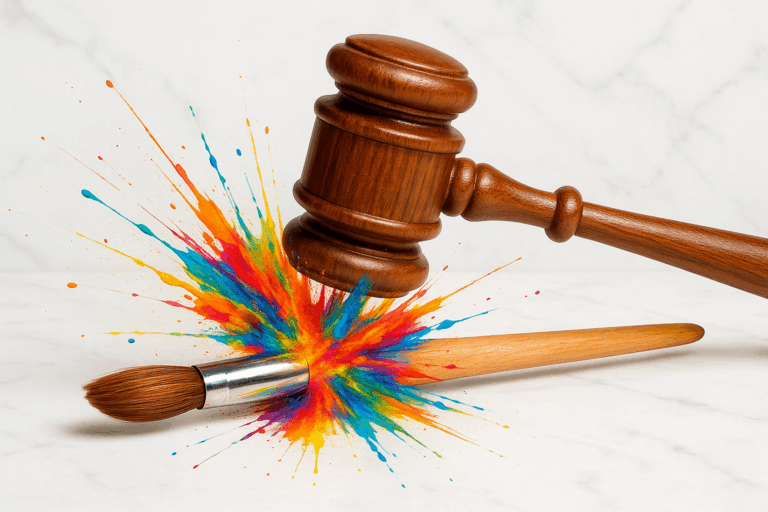

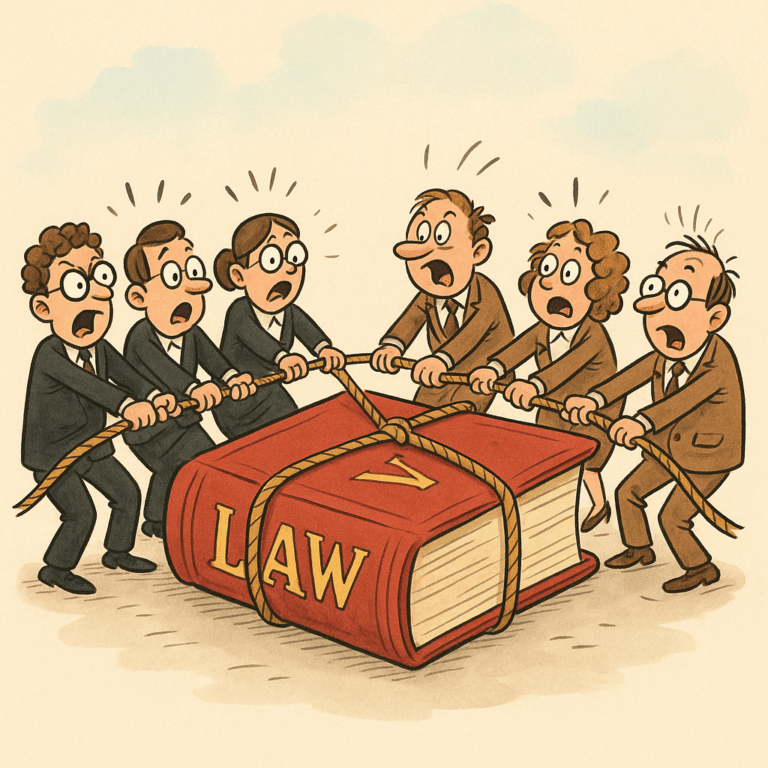
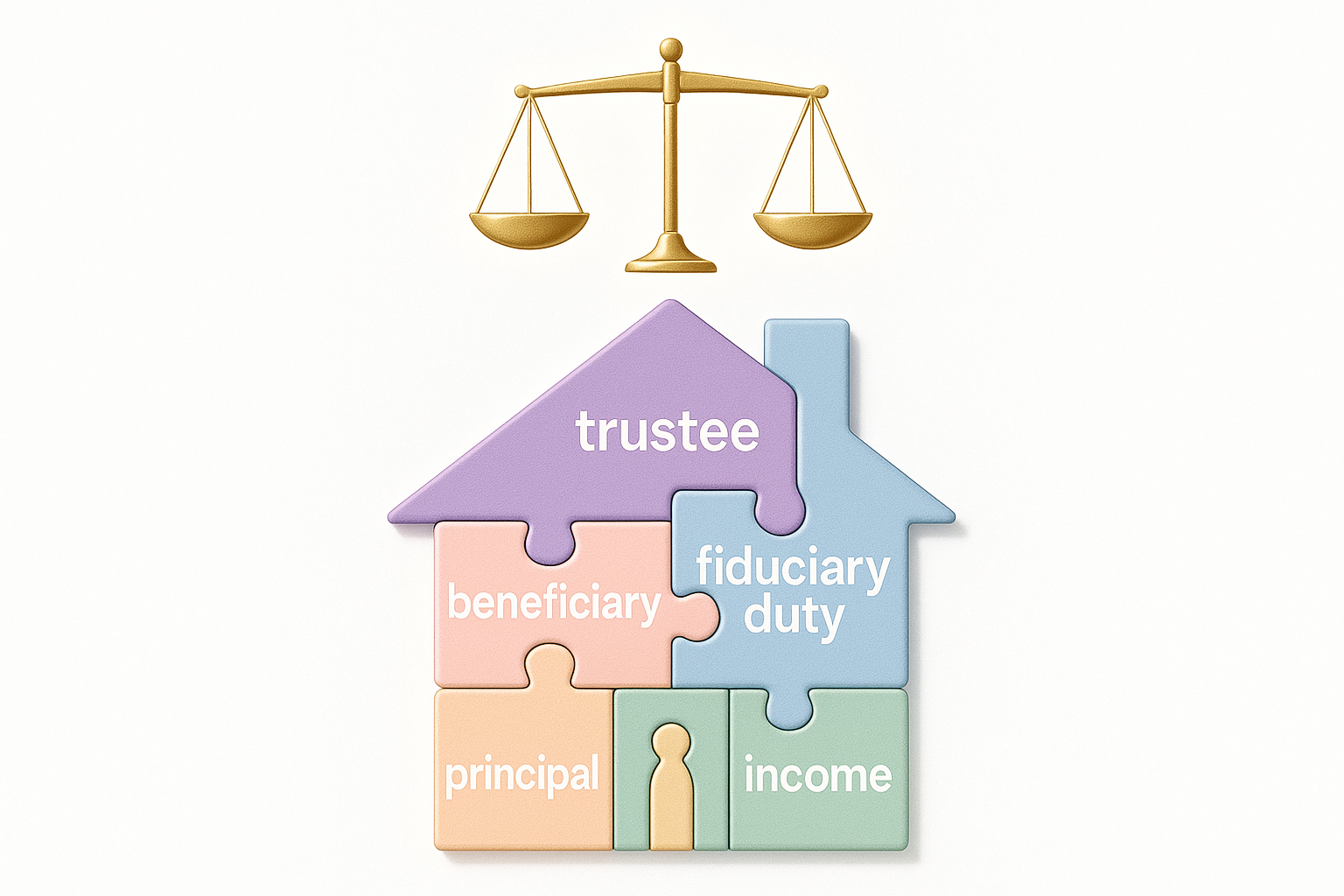
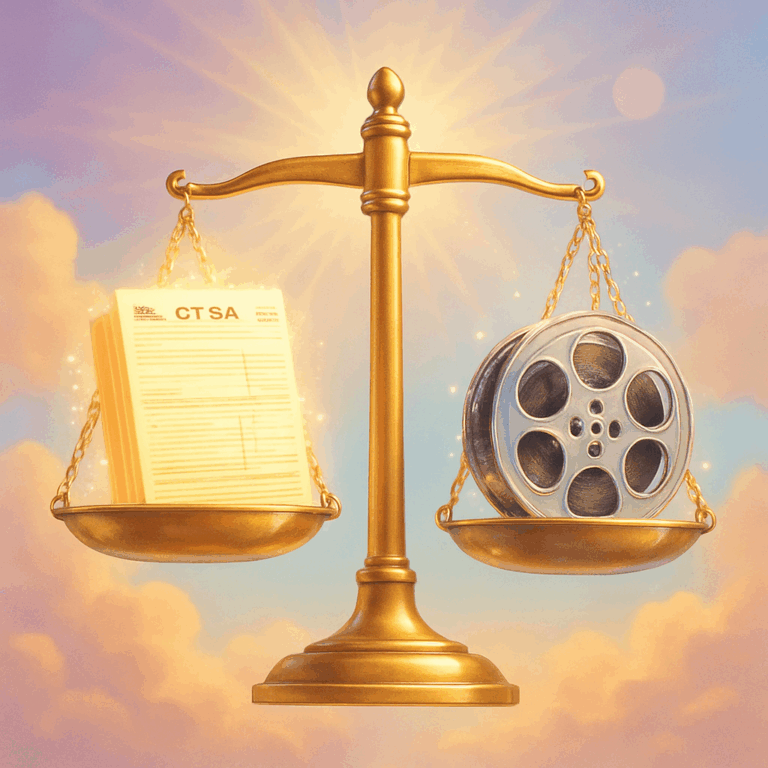

Lorem ipsum dolor sit amet, consectetur adipiscing elit. Ut elit tellus, luctus nec ullamcorper mattis, pulvinar dapibus leo.